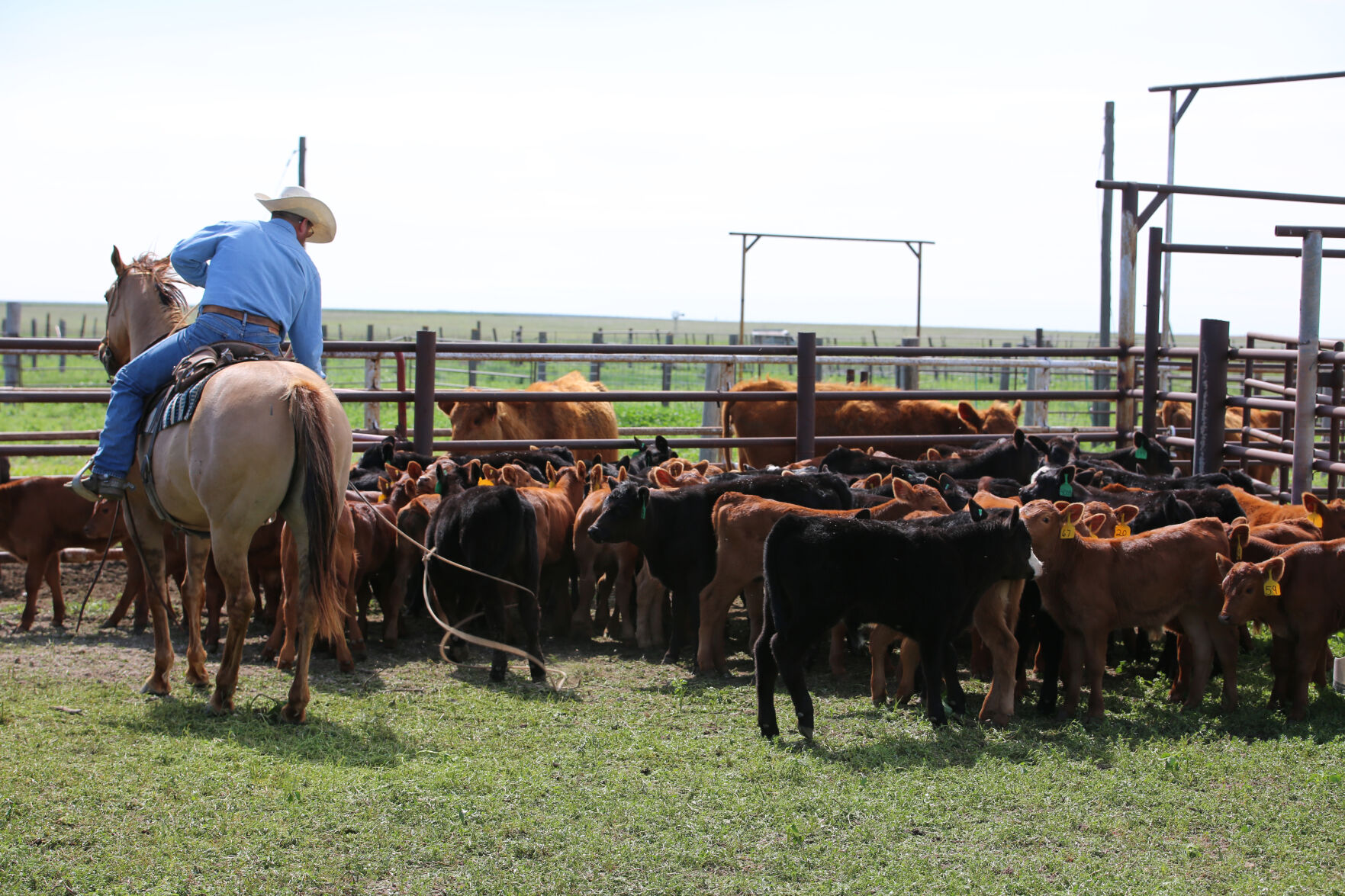King Ranch Institute for Ranch Management director Clay Mathis lead a panel on addressing labor issues at the recent Stockmanship and Stewardship virtual event.
Included on the panel was Courtney Daigle, assistant professor of animal science at Texas A&M University, Austin Flores, human resources director for Grimmius Cattle Company, Inc., and Dean Fish, manager of Santa Fe Ranch. Each gave their own perspective on hiring and retaining employees.
Unique perspective
Originally trained as a zookeeper, Daigle has seen her fair share of change in the workforce when it comes to caring for animals. For managing employees, she keeps the four Ts in mind—time, turnover, training and technology treadmill.
Lack of time stresses a person because it seems like there’s never enough time in the day. Individualized care suffers and livestock producers can in times of mental distress not do their jobs as completely.
“And so if we’re putting them in a paradigm where we know they’re going to be stressed out, then we have to have kind of an awareness that there are going to be unseen or unintended consequences of that,” she said.
The turnover component is another aspect, because sometimes it’s just “pretty hard” to keep people in the job. Whenever turnover happens, there isn’t just an interruption of interactions in the workplace, but a change in the work culture within the employees at the facility.
“But you also have a loss of institutional knowledge,” she said. “Which means (things) like which way do you put the gate? This animal always acts like this. Some of those—like the drain is not in the lowest part of the floor in this room—and some of that stuff you just learn by being at the facility and when people leave, that’s not always written down.”
To compound the turnover, training must be part of the on-boarding process. Trainings put extra pressure on those already employed as it’s an additional layer of responsibility for existing employees to teach X, Y or Z.
Because so many people have become urbanized, there’s a lot more who are willing to make the transition from urban life to rural life, according to Daigle.
“Their skillset walking on the job is probably pretty limited because their opportunity to gain pre-employment experience is also limited,” she said. “So while people are very happy to teach you how to do this on the job, there is a learning curve associated with that.”
Daigle is talking about things like castration, animal handling or other skills that just take time and practice to get better. When there’s techniques like this to learn, it can be a risky scenario, she said.
Turnover equals loss in more ways than one
Flores’ family and their family-owned heifer growing operation faces many challenges, but he’s in the middle of the labor issue every single day. His biggest challenge with employees has to be turnover and loss of institutional knowledge.
They strive to embed the skills and knowledge that new employees need in order to go out and be successful, as well as comfortable because of the specialization on the calf ranch. They often get employees who are more familiar with a field agricultural setting or dairy experience, and the work they do is harder to teach and train an employee to do.
Management has to be on board with what you’re doing, according to Flores, and communicate it from the top down—what the vision is, what the mission is, what the goals are for the company—so that everyone is staying on the same page.
Those managers that have been on Flores’ team for years have the most knowledge when it comes to taking care of the animals. Essentially they created a class within the business called Grimmius University, where they’re taught soft skills, people skills and how to handle different situations. They’ll discuss situations that have happened and how it was handled.
Seeing his managers evolve with their people skills has been rewarding and very important. They also like to reward employees with monthly lunches and other events.
“It’s definitely kind of created a little bit more community and making sure you get out there with all the employees and you kind of walk around and have lunch with them,” he said. “Those things are really important. They really value that. They like to know that they’re at a place where leadership respects what they do.”
Multi-tasking rancher
Fish is a manager of employees on the ranch, but he’s also an employee.
When workloads are high or seem too high, Fish has found the best way to communicate with his employees is to lay out all expectations.
“I think that realistically, as an employee, you got to be able to tell your employer, this is what I think I managed to get done,” he said. “And if you’re asking for more than that, what are your priorities? How do we prioritize what you want to get done?”
From the stockmanship aspect of it, Fish can take some of the livestock behavior details and relate them to working on teams with his employees.
“Communication is so key, whether you’re communicating with a co-worker, whether you’re communicating with your horse,” he said. “Some people are naturally going to be better communicators than others, and I think everyone wants to be successful.”
Trying to match personalities and skillsets with positions is critical and open and frank conversations to do this is vital.
“And then as leaders we have to help teach and develop those skill sets because, again, we have a lot of people that are not from this background, that want to be part of it and want to be better and so trying to help give them tools to succeed,” he said. “I think is also a very important aspect of that as well.”
Kylene Scott can be reached at 620-227-1804 or [email protected].



